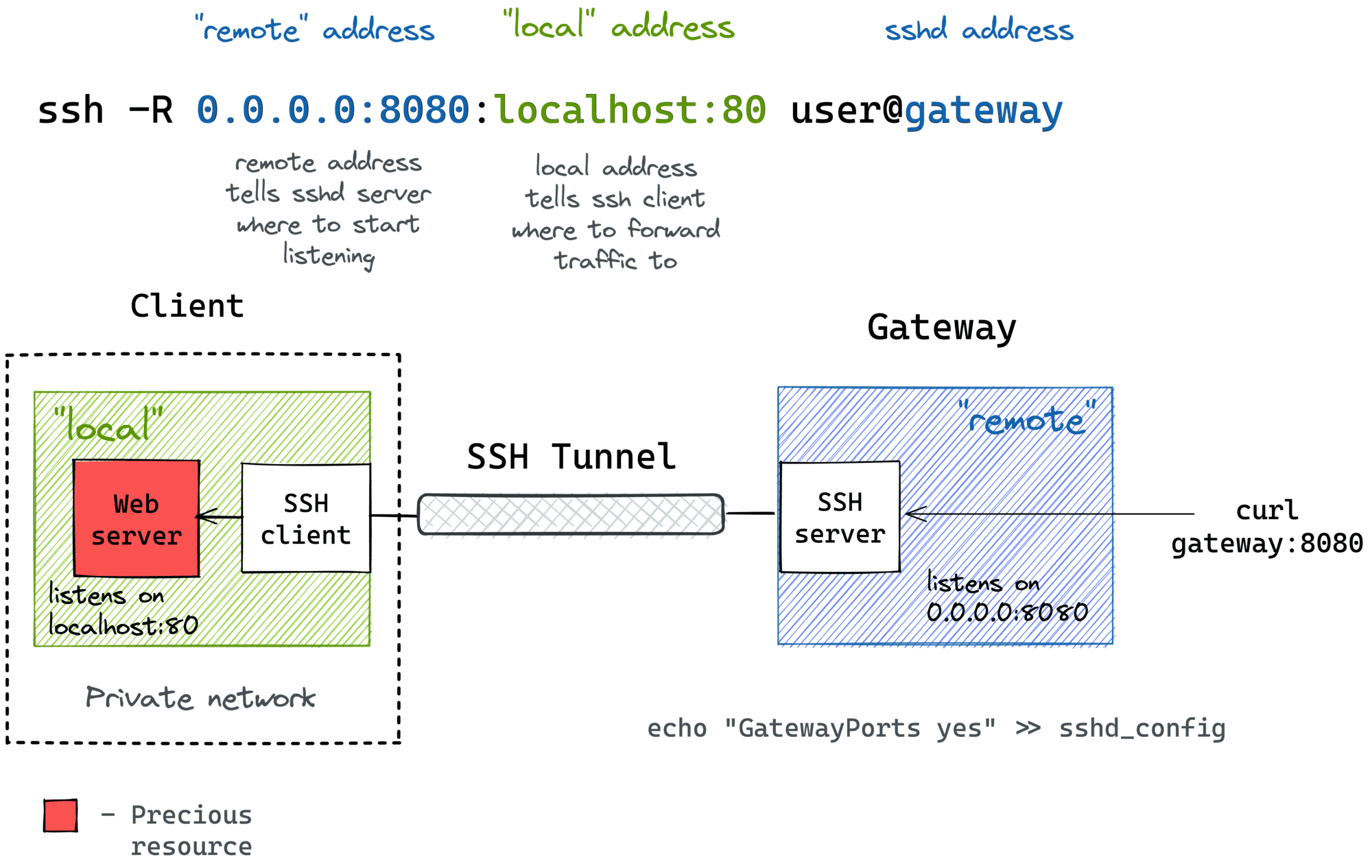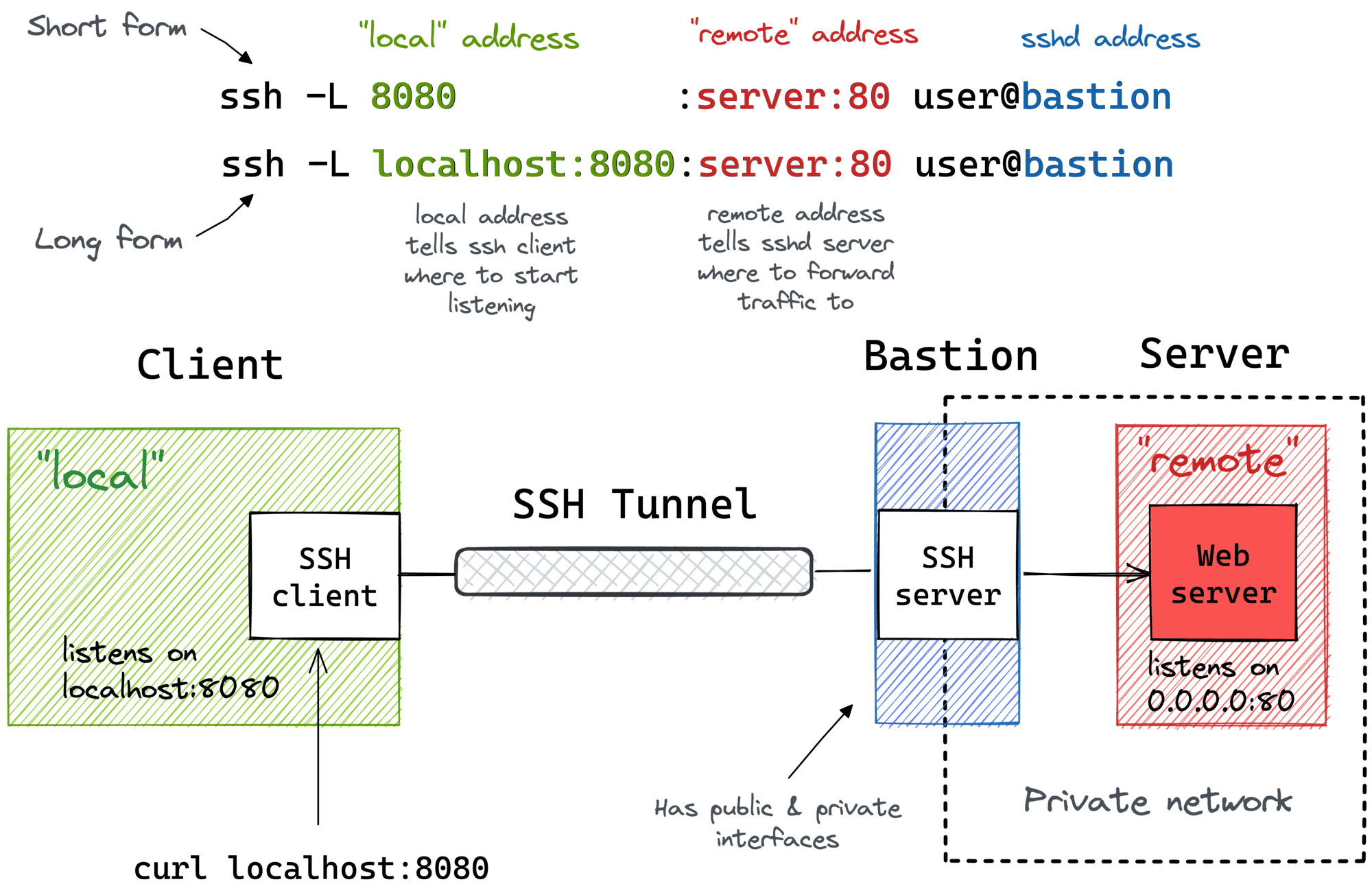In today's interconnected world, remote access to IoT devices through web SSH has become essential for businesses and individuals alike. Whether you're managing servers, monitoring sensors, or controlling smart devices, RemoteIoT web SSH offers a secure and efficient way to interact with your systems from anywhere in the world. This technology bridges the gap between physical devices and digital control, enabling seamless management and troubleshooting.
The rise of Internet of Things (IoT) devices has transformed the way we interact with technology. From industrial machinery to home automation systems, IoT devices are now ubiquitous. However, managing these devices remotely requires robust solutions, and RemoteIoT web SSH stands out as a powerful tool. It allows users to establish encrypted connections, ensuring data integrity and privacy.
This article delves deep into the world of RemoteIoT web SSH, exploring its benefits, implementation strategies, and best practices. Whether you're a seasoned IT professional or a beginner exploring remote access solutions, this guide will equip you with the knowledge to harness the full potential of RemoteIoT web SSH.
Read also:Tiktok The Ultimate Guide To Understanding The Platform Its Impact And How To Succeed
Table of Contents
- What is RemoteIoT Web SSH?
- Benefits of Using RemoteIoT Web SSH
- How Does RemoteIoT Web SSH Work?
- Security Features of RemoteIoT Web SSH
- Implementing RemoteIoT Web SSH
- Best Practices for RemoteIoT Web SSH
- Common Challenges and Solutions
- Real-World Applications of RemoteIoT Web SSH
- Future Trends in RemoteIoT Web SSH
- Conclusion
What is RemoteIoT Web SSH?
RemoteIoT web SSH refers to the secure shell protocol integrated into web-based interfaces, enabling users to remotely access IoT devices over the internet. Unlike traditional SSH, which requires a dedicated client, web SSH operates through a browser, making it more accessible and user-friendly. This technology is particularly beneficial for managing IoT devices that are dispersed across various locations, as it allows administrators to perform tasks such as configuration, monitoring, and troubleshooting without being physically present.
Web SSH leverages encryption protocols to ensure secure communication between the user's browser and the IoT device. This makes it an ideal solution for industries that prioritize data security and privacy, such as healthcare, finance, and manufacturing. By eliminating the need for third-party software, RemoteIoT web SSH simplifies the remote management process while maintaining high levels of security.
Benefits of Using RemoteIoT Web SSH
Implementing RemoteIoT web SSH offers numerous advantages for both individuals and organizations. Below are some key benefits:
- Enhanced Security: Web SSH uses advanced encryption algorithms to protect data during transmission, reducing the risk of unauthorized access.
- Increased Accessibility: With web SSH, users can access IoT devices from any device with a browser and internet connection, eliminating the need for specialized software.
- Cost-Effectiveness: By streamlining the remote access process, RemoteIoT web SSH reduces operational costs associated with travel and on-site maintenance.
- Scalability: This technology can be easily scaled to accommodate growing networks of IoT devices, making it suitable for businesses of all sizes.
How Does RemoteIoT Web SSH Work?
RemoteIoT web SSH operates by establishing a secure connection between a user's web browser and an IoT device. The process involves several key steps:
- Authentication: Users must authenticate themselves using credentials such as usernames and passwords or multi-factor authentication methods.
- Encryption: Once authenticated, the connection is encrypted using protocols like TLS/SSL to ensure data privacy.
- Command Execution: Users can execute commands and interact with the IoT device through the web interface, just as they would with a traditional SSH client.
This seamless integration of web technology with SSH provides a robust solution for remote device management, making it an essential tool for modern IoT ecosystems.
Security Features of RemoteIoT Web SSH
Security is a top priority when it comes to RemoteIoT web SSH. Here are some of the key security features that make this technology reliable:
Read also:Exploring The World Of Vegamovies 4k 2160p The Ultimate Guide To Highresolution Entertainment
- Encryption: All data transmitted between the user's browser and the IoT device is encrypted using industry-standard protocols.
- Access Control: Administrators can define granular access controls to ensure only authorized users can access specific devices.
- Logging and Monitoring: RemoteIoT web SSH systems often include logging and monitoring capabilities, allowing administrators to track activity and detect potential security breaches.
These features collectively contribute to a secure and trustworthy remote access solution, addressing the concerns of industries handling sensitive data.
Implementing RemoteIoT Web SSH
Choosing the Right Platform
Selecting the appropriate platform is crucial for successful RemoteIoT web SSH implementation. Factors to consider include compatibility with existing systems, ease of integration, and scalability. Popular platforms such as OpenSSH and WebSSH offer robust solutions tailored to various use cases.
Configuring Web SSH
Configuring web SSH involves several steps, including setting up the server, defining user permissions, and enabling encryption. Below is a simplified guide:
- Install the SSH Server: Begin by installing an SSH server on the target IoT device.
- Enable Web Access: Configure the server to allow web-based access through a supported platform.
- Secure the Connection: Implement encryption and authentication mechanisms to protect the connection.
By following these steps, users can establish a secure and functional RemoteIoT web SSH environment.
Best Practices for RemoteIoT Web SSH
To maximize the effectiveness and security of RemoteIoT web SSH, it's essential to adhere to best practices. Here are some recommendations:
- Regular Updates: Keep all software and firmware up to date to protect against vulnerabilities.
- Strong Passwords: Use complex passwords and enable multi-factor authentication to enhance security.
- Network Segmentation: Isolate IoT devices on separate networks to minimize potential attack surfaces.
Implementing these practices ensures a secure and efficient RemoteIoT web SSH setup, safeguarding your devices and data.
Common Challenges and Solutions
While RemoteIoT web SSH offers numerous benefits, it also presents challenges that must be addressed. Below are some common issues and their solutions:
- Latency: High latency can affect performance. Use optimized networks and proximity-based servers to reduce delays.
- Compatibility: Ensure compatibility between devices and platforms by selecting standardized solutions.
- Security Breaches: Regularly audit and update security protocols to prevent unauthorized access.
By proactively addressing these challenges, users can enjoy a seamless RemoteIoT web SSH experience.
Real-World Applications of RemoteIoT Web SSH
RemoteIoT web SSH finds applications in various industries, including:
- Healthcare: Remote monitoring of medical devices and patient data.
- Manufacturing: Managing industrial machinery and production lines.
- Smart Cities: Controlling traffic systems, lighting, and other urban infrastructure.
These applications demonstrate the versatility and importance of RemoteIoT web SSH in modern technology landscapes.
Future Trends in RemoteIoT Web SSH
As technology continues to evolve, RemoteIoT web SSH is expected to undergo significant advancements. Key trends include:
- Artificial Intelligence Integration: AI-powered systems will enhance automation and predictive maintenance capabilities.
- Quantum Encryption: Next-generation encryption methods will provide even higher levels of security.
- Edge Computing: Decentralized processing will improve performance and reduce latency.
These trends will shape the future of RemoteIoT web SSH, making it an even more powerful tool for remote device management.
Conclusion
RemoteIoT web SSH represents a transformative technology for managing IoT devices remotely. By offering enhanced security, increased accessibility, and cost-effectiveness, it addresses the needs of modern businesses and individuals alike. To fully leverage its potential, it's essential to implement best practices, address common challenges, and stay informed about future trends.
We encourage readers to explore RemoteIoT web SSH further and consider integrating it into their workflows. Feel free to share your thoughts and experiences in the comments below, and don't hesitate to explore other articles on our site for more insights into IoT and related technologies.
Data Source: SSH.com, IoT For All, NIST


